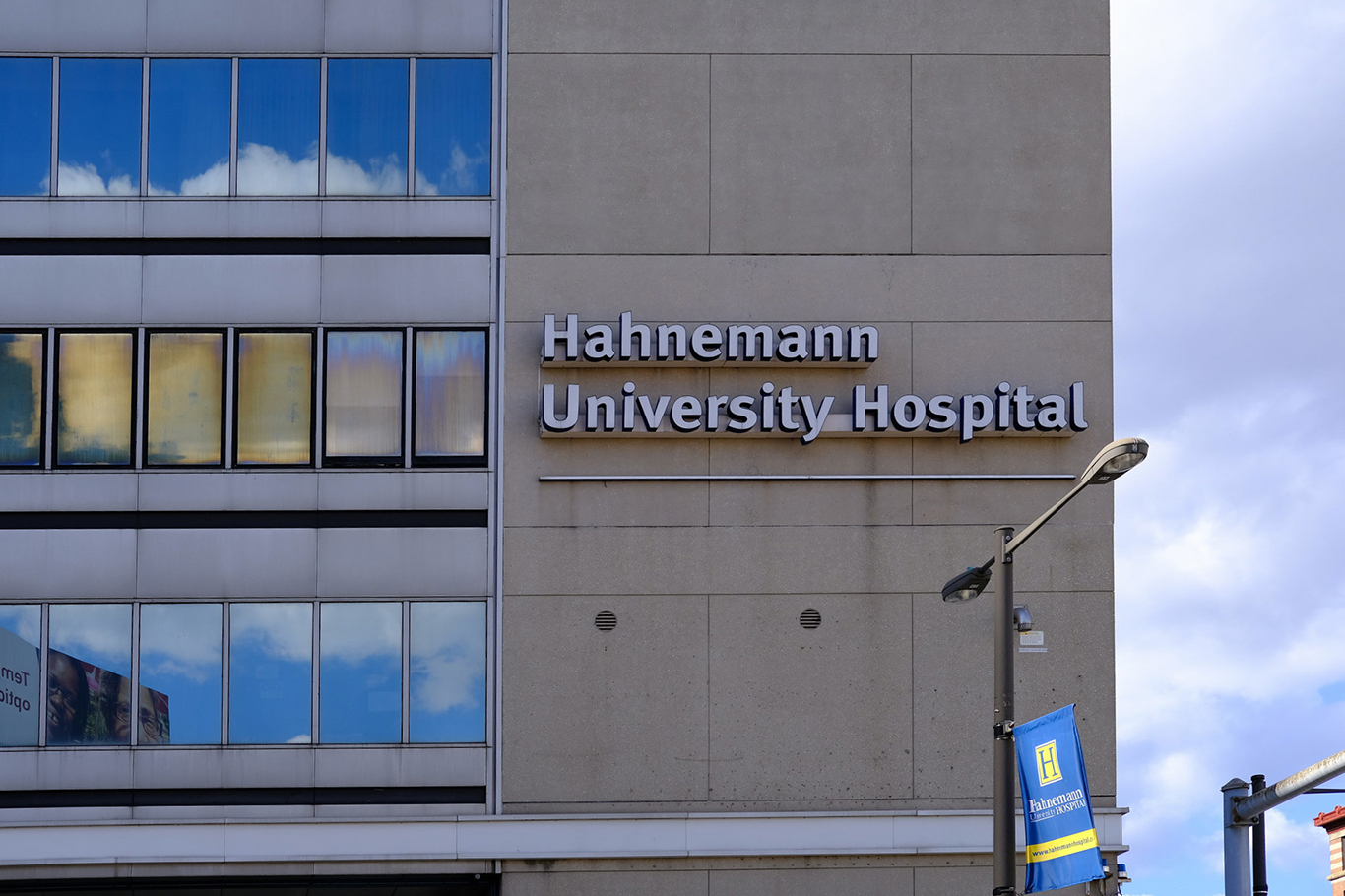
It comes as no surprise that there is a correlation between income levels and health outcomes, with the wealthiest Americans living a lifespan that is 15 years longer than the average. And this disparity continues to grow, as the life expectancy of the top 5 percent of Americans has increased by 2.5 years, while the lifespan of those in the bottom 5 percent has remained stagnant. Of course, the differences are not limited only to lifespan, but also to levels of chronic conditions. As income levels decrease, the rates of diabetes, heart disease and stroke all steadily increase. I could go on and on about the numerous ways that income affects health, but the point remains: People of differing income levels and socioeconomic status receive differing levels of care.
In a city like Philadelphia, the problems related to economic inequality and healthcare are particularly dire. According to one Bloomberg study, Philadelphia had the third-worst income gap in the country. As 8.2 percent of our city’s population earns more than $150,000 a year, 19.5 percent of Philadelphians earn incomes at the lower end of the economic spectrum. This 19.5 percent is the portion of Philadelphia’s population that is constantly overlooked by those making important decisions for the city.
When discussing healthcare institutes that are integral to underserved communities, it is practically impossible to forget Hahnemann Hospital or St. Christopher’s Hospital. These hospitals employ professionals who each make it their life’s work to deliver quality healthcare to the communities that need it most. However, it’s not breaking news that Hahnemann Hospital is closing. Hahnemann’s role in treating underserved populations, including people of color, public payers and the uninsured, cannot be understated. These very same communities are also the most vulnerable to public health crises facing Philadelphia. Not to mention that Philly is a high-poverty city, with 9 percent of residents uninsured and 22 percent on Medicaid. The shut-down of one of the largest hospitals in the city — and, more importantly, one that mainly caters to those who are in the most desperate need of healthcare — is terrifying.
With such a lack of healthcare services for those in low-income neighborhoods, the closure of Hahnemann Hospital is not one to be taken lightly. In some areas, there are 3,000 adults for every primary care provider. There is an utter lack of thought for these employees and those that they serve. In the long run, this will benefit nobody.
Of course, Hahnemann isn’t alone in providing healthcare to underserved communities. St. Christopher’s (also owned by the Hahnemann’s parent company, Philadelphia Academic Health System) plays a major role, as it is one of the few hospitals that accepts all plans of Medicaid. Nearly 90 percent of St. Christopher’s patients are on Medicaid. The demographic that St. Christopher’s caters to is not one that is in a position to lose any more healthcare facilities. The medical director of pediatrics and adolescent services at the Philadelphia Department of Public Health, Victor Igbokidi, says that any patient that comes into their office uninsured and in need of specialty care is sent to St. Christopher’s. That means that without St. Christopher’s, the children of Philadelphia will be abandoned by the medical institutions that have been around for so long.
When we think of issues surrounding the closure of safety net hospitals, we typically think of it as a relation between the healthcare facility and those it serves. But there is one group that is consistently overlooked: the workers in these facilities. We forget that the institutions, like St. Christopher’s and Hahnemann, are made up of employees who have chosen to work in areas that have a severe lack of acceptable health services. These are the very same employees who have strived to bring quality healthcare to areas in underserved Philadelphia for years now. But when facilities that are designed to provide just this are continuously shut down, it effectively discourages employment at these facilities. As those in the healthcare field receive the message that it does not pay to work in safety net hospitals, the healthcare deserts will continue to worsen.
A facility that served vulnerable communities and employed thousands of workers was shut down without a second thought. Joel Freedman, the owner, intends to sell the real estate to the highest bidder. Seeing as the building sits in what is considered a “gateway location,” the land will provide its developers with the perfect opportunity to begin gentrification of the neighborhood. In exchange for a safety net hospital, thousands of skilled, compassionate employees and vital healthcare services, Philadelphia may have gained a few more residential buildings.
Time and time again, there is a pattern of neglect for communities that lack proper healthcare services. Time and time again, these communities are forgotten. And time and time again, the employees of institutions that provide these services are thrown under the bus.
Drexel, too, has a hand in this ever-growing trend. With the recent purchase of St. Christopher’s, Tower Health and Drexel are the new owners of this integral health facility. However, they are choosing to not recognize the existing contract with the nurses of St. Christopher’s.
The major issue is that many of the nurses had accumulated paid time off averaging around 300 hours or $15,000. These nurses deserve to have this time off, as it is something that they have worked toward, not to mention their desire to maintain staffing grids in order to outline the ratio of nurses to patients needed in an effort to adequately provide care. Without this, it can lead nurses to fatigue, burnout and an overall decrease inpatient care.
If we continue to treat our low-income health workers as disposable, Philadelphia will end up in a healthcare desert far worse than we can even imagine.


